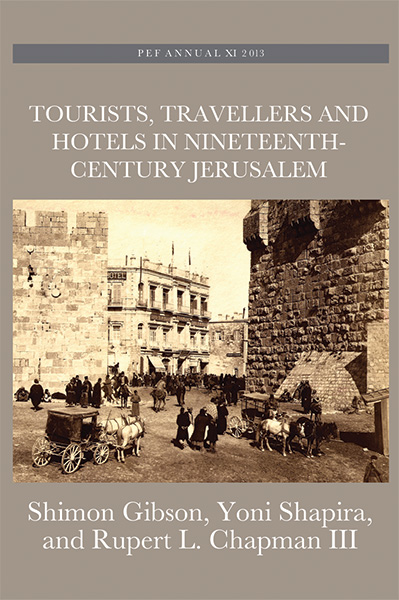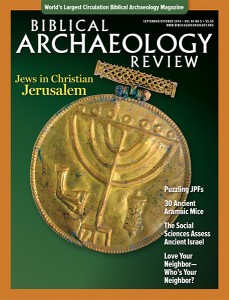
Napoleon’s invasion of Egypt at the dawn of the 19th century rekindled Europe’s interest in the East. The Scientific and Artistic Commission that followed the emperor continued to publish the multivolume Description de L’Egypt long after Napoleon’s defeat, capturing the popular imagination. At the same time, as the Enlightenment began to make way for Romanticism, there was a rebellion against logic and science and a longing to return to a simple belief in God. The desire to reexamine the Bible brought a growing number of visitors to the Holy Land, especially after steam replaced sail on the Mediterranean in the late 1840s, making for safer travel.
There were no hotels in Jerusalem, or elsewhere in the country, during the first decades of the 19th century. Pilgrims and other visitors stayed in religious establishments or hired a dragoman—a guide cum translator—and slept in tents. By the late 1840s, however, as the number of travelers increased, several hotels opened in Jerusalem including the Mediterranean Hotel, considered the best in the city. Between 1849 and 1897 the hotel’s location changed three times. Its first and third locations were known; Tourists, Travellers and Hotels in Nineteenth-Century Jerusalem grew out of the attempt to identify its second location.
Already a library member? Log in here.
Institution user? Log in with your IP address.

